Restomod culture, a blend of restoration and modification, is rapidly gaining popularity among car enthusiasts. This trend involves updating classic cars with modern technology while preserving their vintage charm. As more people seek to combine nostalgia with innovation, restomodding has become a booming subculture in the automotive world.
The Origins of Restomod Culture
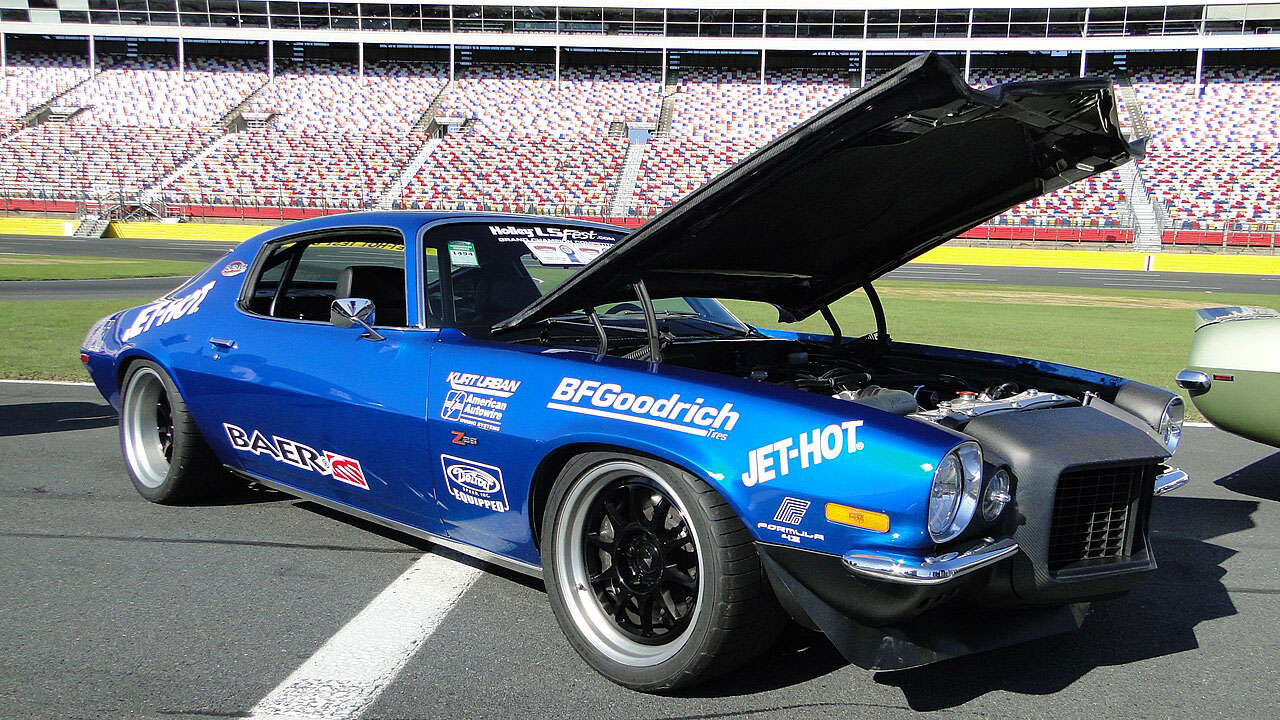
Restomod culture finds its roots in the early practices of car restoration that began in the mid-20th century. Back then, restoring a vehicle primarily focused on returning it to its original condition. However, as technology advanced, so did the art of car modification. The 1970s saw a rise in hot rodding, where enthusiasts began to modify classic cars for improved performance and unique aesthetics. This laid the groundwork for what we now know as restomodding, where the goal is to preserve the timeless appeal of a vintage vehicle while enhancing its functionality with modern advancements.
Cultural influences have played a significant role in popularizing restomod culture. Movies and television shows featuring iconic cars, like the 1968 Ford Mustang Fastback in “Bullitt” or the 1985 DeLorean in “Back to the Future,” have sparked interest in vintage vehicles. Car shows and enthusiast communities have also been instrumental in promoting restomods, providing a platform for enthusiasts to showcase their projects and share their passion. Events like the SEMA Show in Las Vegas highlight the latest trends and innovations in the restomod scene, further fueling its growth.
The Appeal of Restomod Cars

Car enthusiasts are drawn to restomods because they offer the best of both worlds: the classic aesthetics of vintage cars combined with the performance and reliability of modern technology. A restomod allows owners to enjoy the nostalgic design of a classic car while benefiting from contemporary advancements such as improved suspension, braking systems, and engine performance. This fusion creates a personalized driving experience that caters to individual preferences, allowing owners to express their unique style and taste.
From an investment standpoint, restomods can also be financially appealing. While restoring a classic car to its original condition can be costly, restomodding offers the potential for a higher return on investment. By enhancing a vintage car with modern features, owners can increase its value in the collector market. Restomodded vehicles often attract a broader audience, including younger generations who appreciate the blend of old and new, making them a lucrative option for both enthusiasts and investors alike.
Technological Advancements Driving the Trend
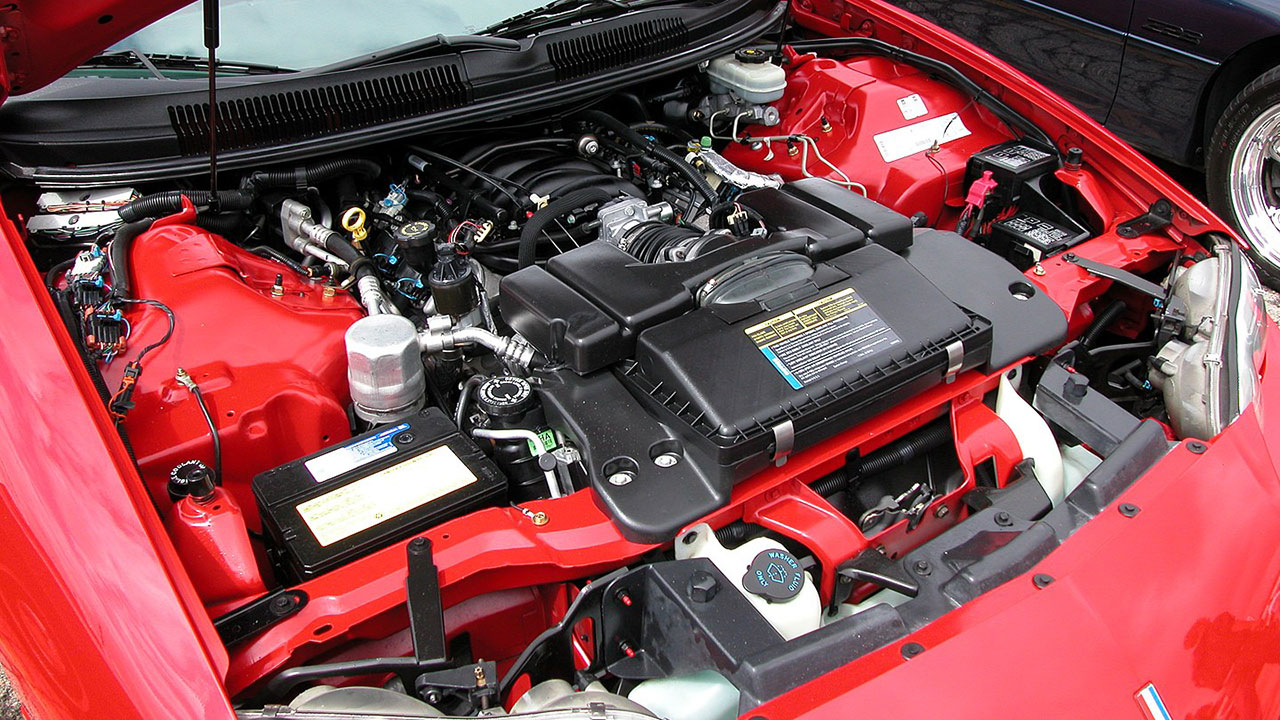
The rise of restomod culture can be attributed to significant technological advancements that enable car enthusiasts to transform vintage vehicles. Modernization techniques often include upgrading engines, installing advanced electronics, and enhancing safety features. For instance, many restomod projects involve swapping out original engines for more efficient and powerful ones, such as the LS V8 engines from General Motors, which are renowned for their reliability and performance. In addition, the integration of modern infotainment systems, air conditioning, and power steering enhances the overall driving experience.
Restomodding also intersects with sustainability and eco-friendliness. As environmental concerns grow, many enthusiasts are exploring electric powertrains for their restomod projects. Converting a classic car to electric not only reduces emissions but also offers improved performance and lower maintenance costs. Recycling and repurposing vintage vehicles through restomodding also contribute to environmental conservation by extending the life of these automobiles and reducing the demand for new car production.
Community and Lifestyle
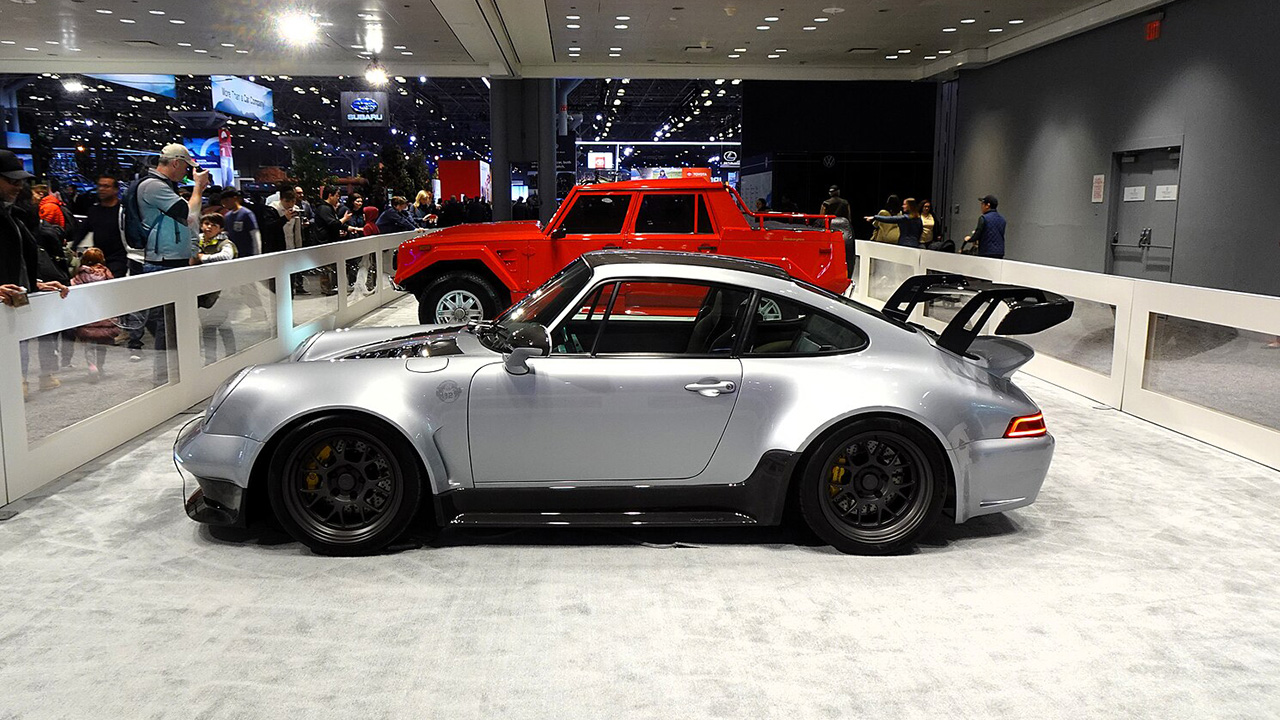
The role of social media in the rise of restomod culture cannot be overstated. Platforms like Instagram, YouTube, and Facebook have become essential tools for connecting enthusiasts worldwide. These platforms allow restomod builders to share their projects, exchange ideas, and inspire others. Online communities and forums provide valuable resources for troubleshooting and learning, fostering a collaborative environment where knowledge and passion for restomodding flourish.
Events and gatherings play a crucial role in building a sense of community among restomod enthusiasts. Car shows, rallies, and meetups provide opportunities for individuals to display their vehicles and connect with like-minded individuals. Events like the Goodwood Revival in the UK and the Monterey Car Week in California celebrate automotive history and innovation, bringing together restomod enthusiasts from around the globe. These gatherings offer enthusiasts a chance to showcase their work, learn from others, and immerse themselves in the lifestyle that comes with being part of the restomod culture.
Challenges and Criticisms
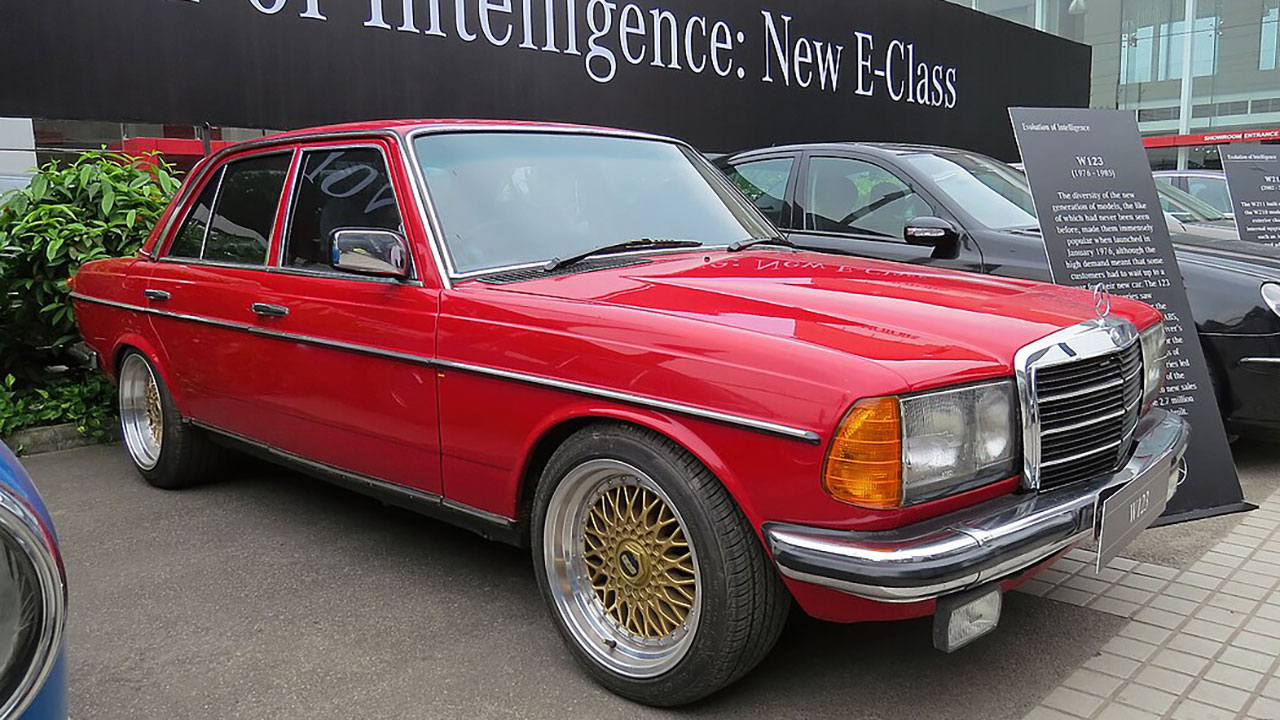
Despite its growing popularity, restomod culture faces challenges and criticisms. One of the most significant debates within the community is the tension between classic car purists and restomod enthusiasts. Purists argue that modifying vintage cars compromises their historical integrity and authenticity. On the other hand, restomod enthusiasts believe in adapting these vehicles to modern standards for enhanced usability and enjoyment. This ongoing debate highlights the diverse perspectives within the automotive community and underscores the challenges restomod culture faces in gaining wider acceptance.
Another challenge facing restomodders is navigating regulatory and safety concerns. Modifying vintage vehicles can raise legal issues, particularly regarding emissions standards and safety regulations. Depending on the extent of modifications, restomods may need to comply with modern safety requirements, which can be costly and time-consuming. Additionally, the lack of standardized regulations across different regions can create confusion and barriers for enthusiasts wishing to undertake restomod projects. Despite these challenges, the passion for preserving automotive history while embracing innovation continues to drive the restomod movement forward.
Like Fast Lane Only’s content? Be sure to follow us.
Here’s more from us:
*Created with AI assistance and editor review.

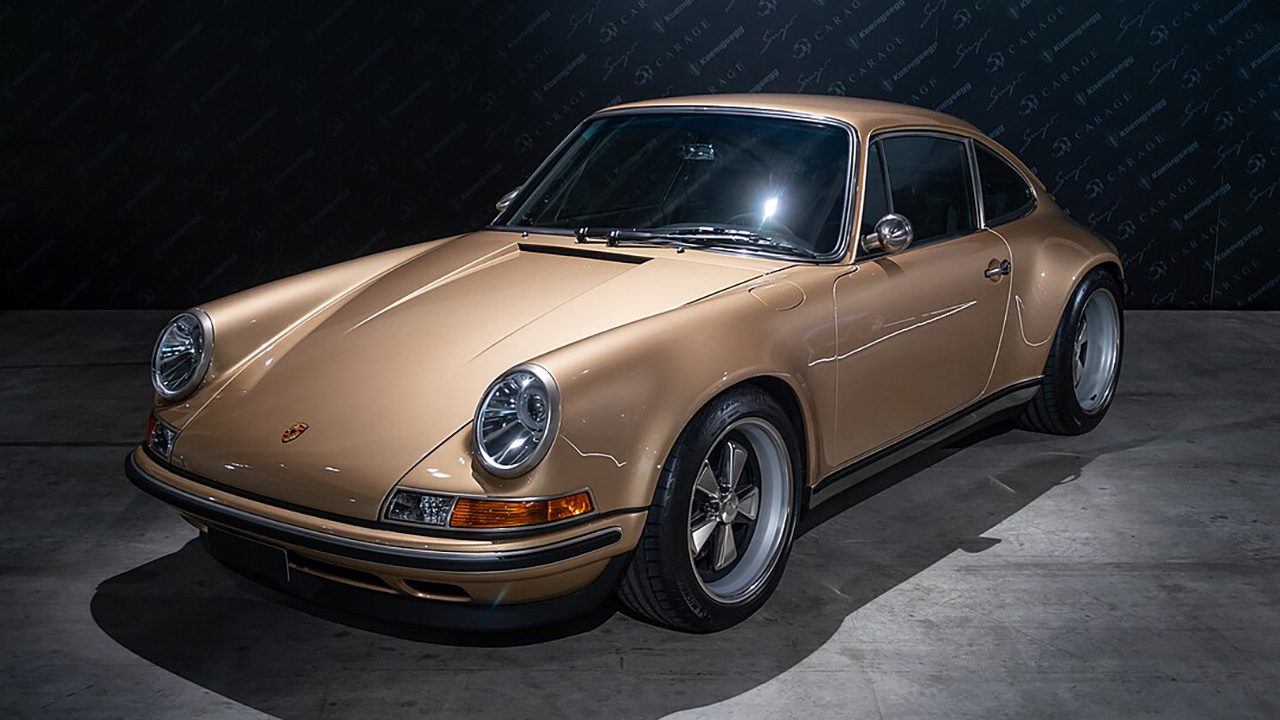
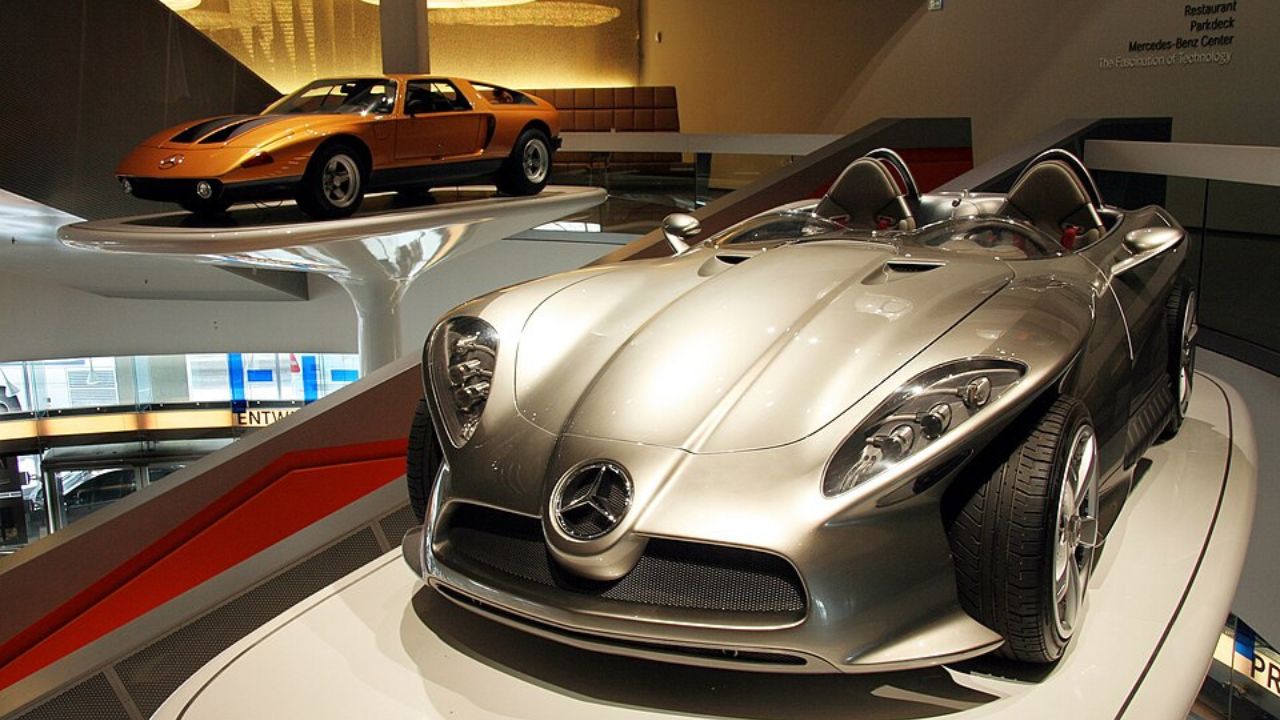
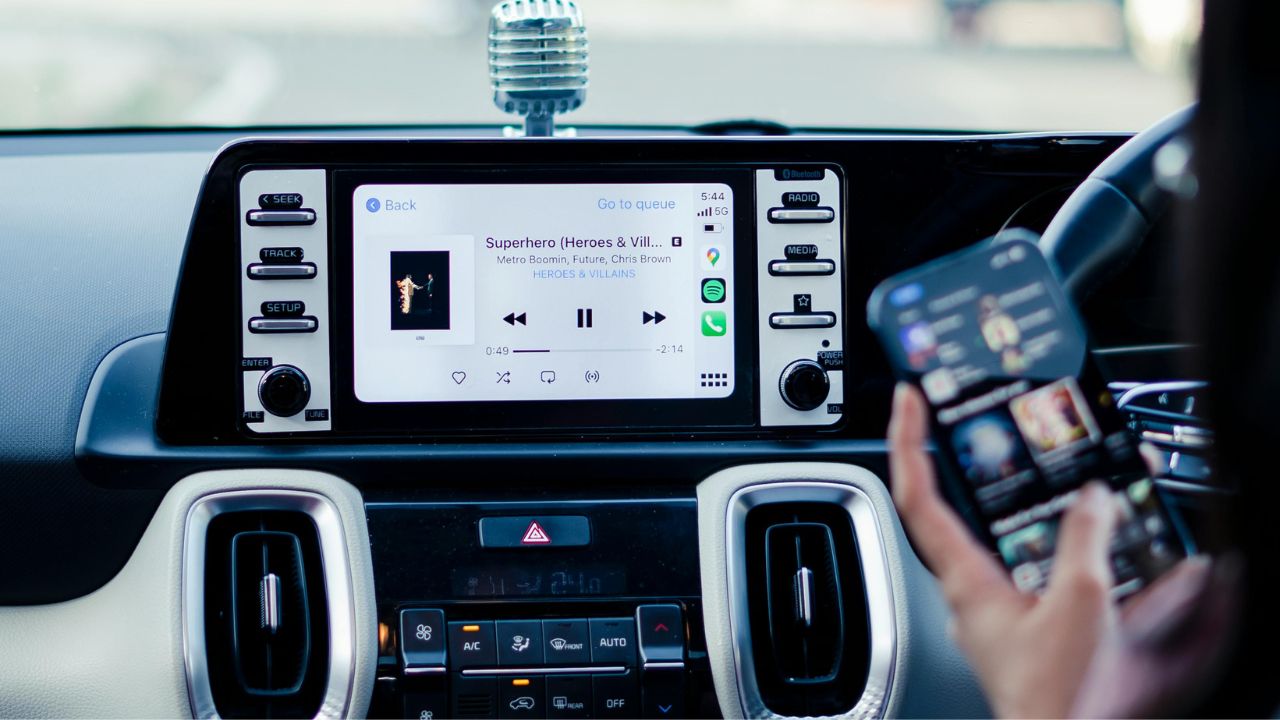
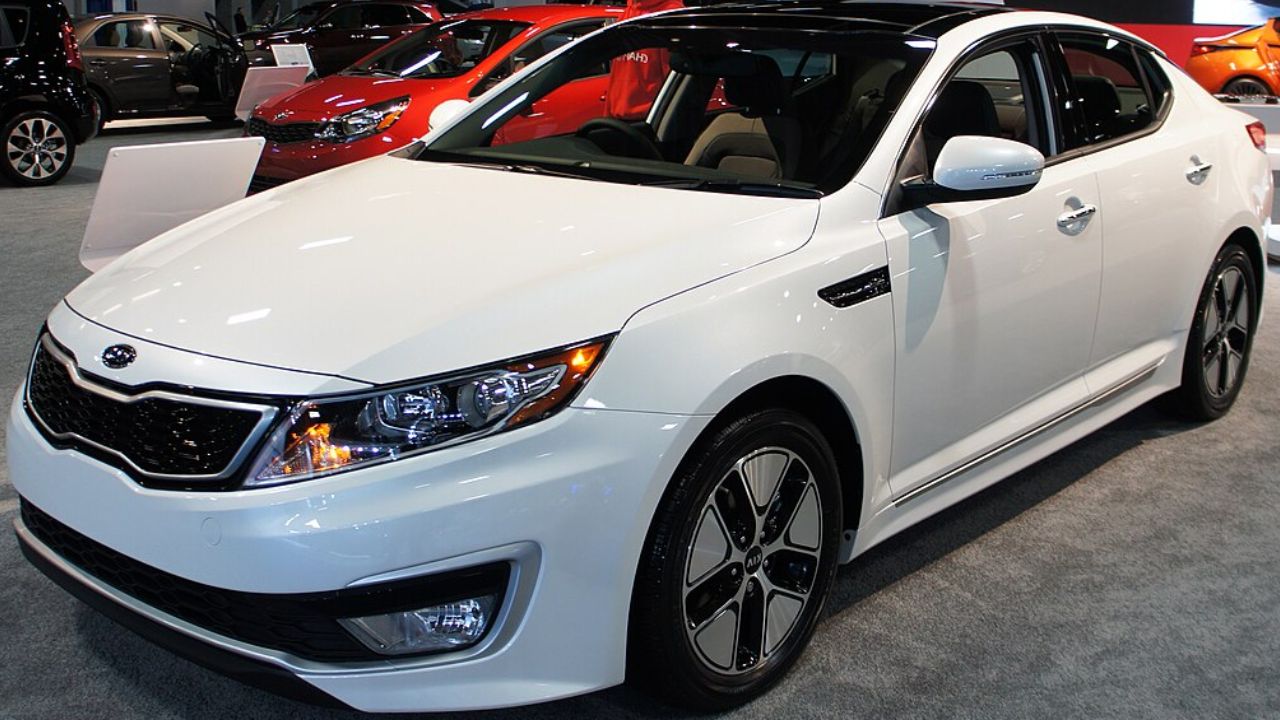
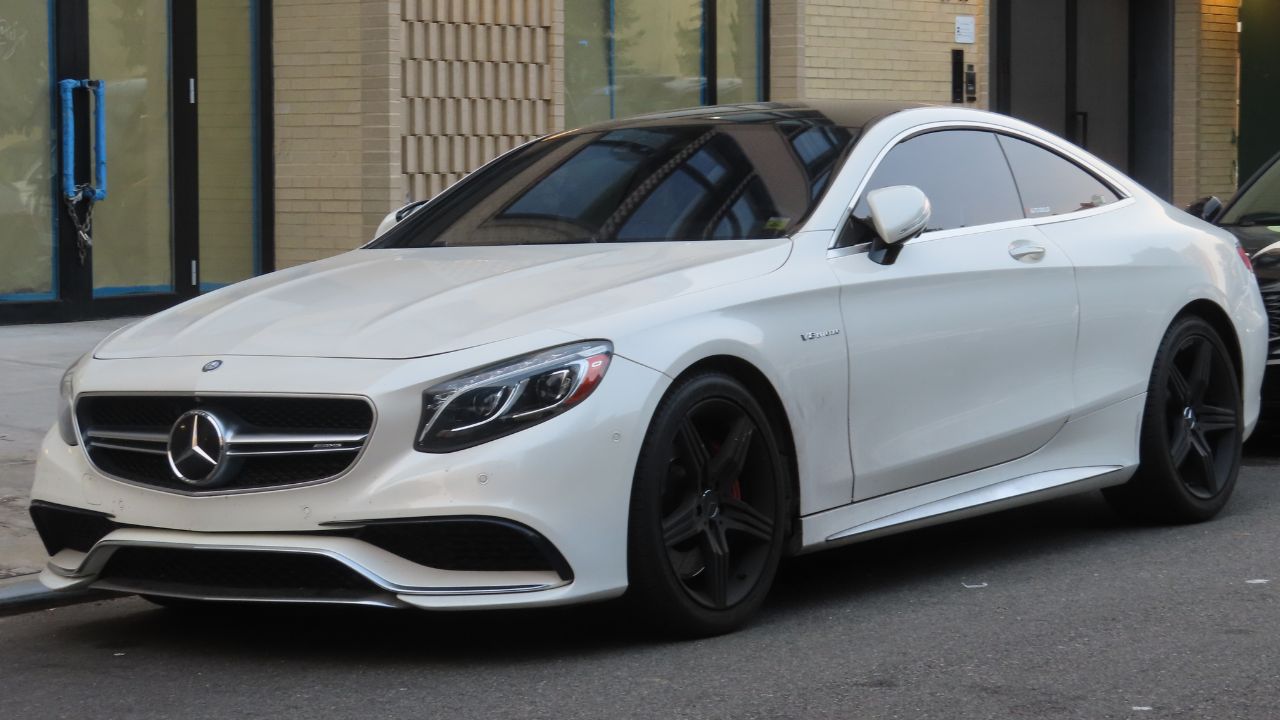
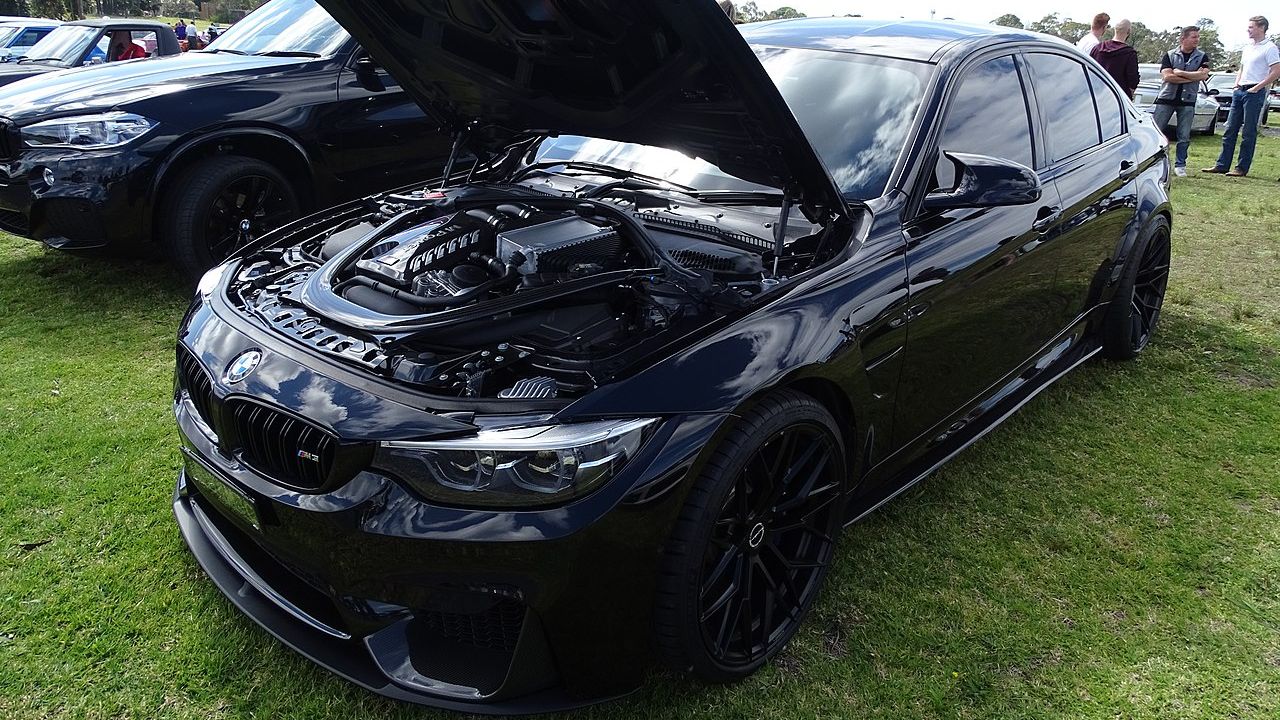
Leave a Reply